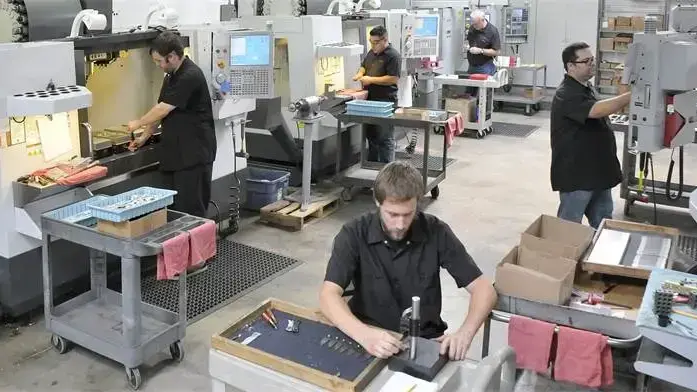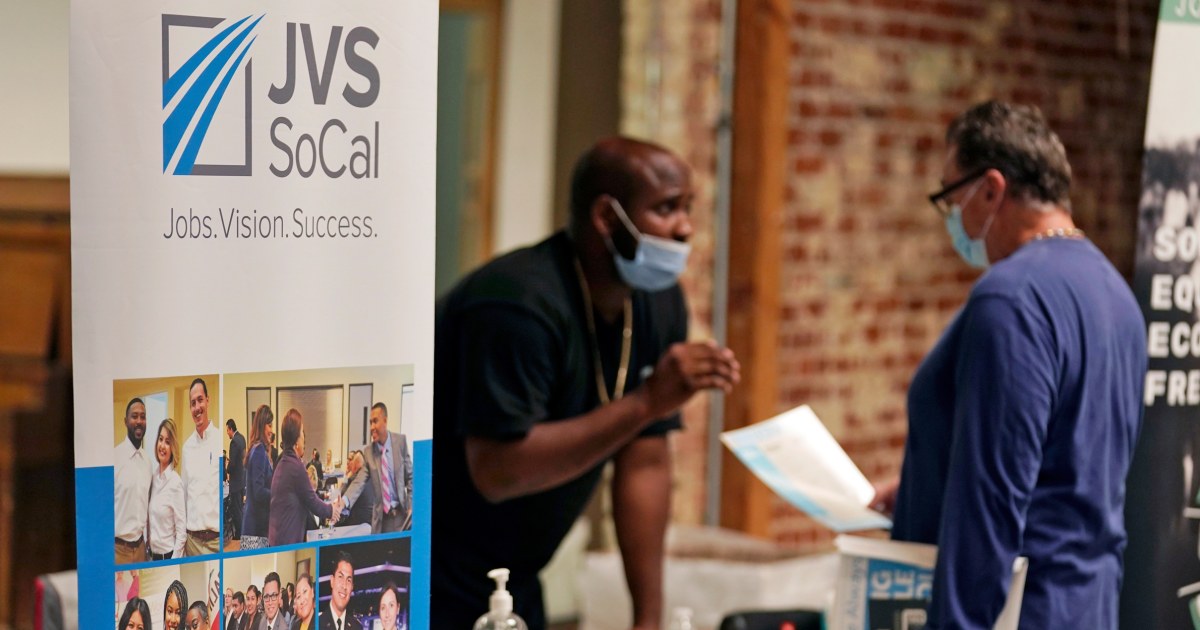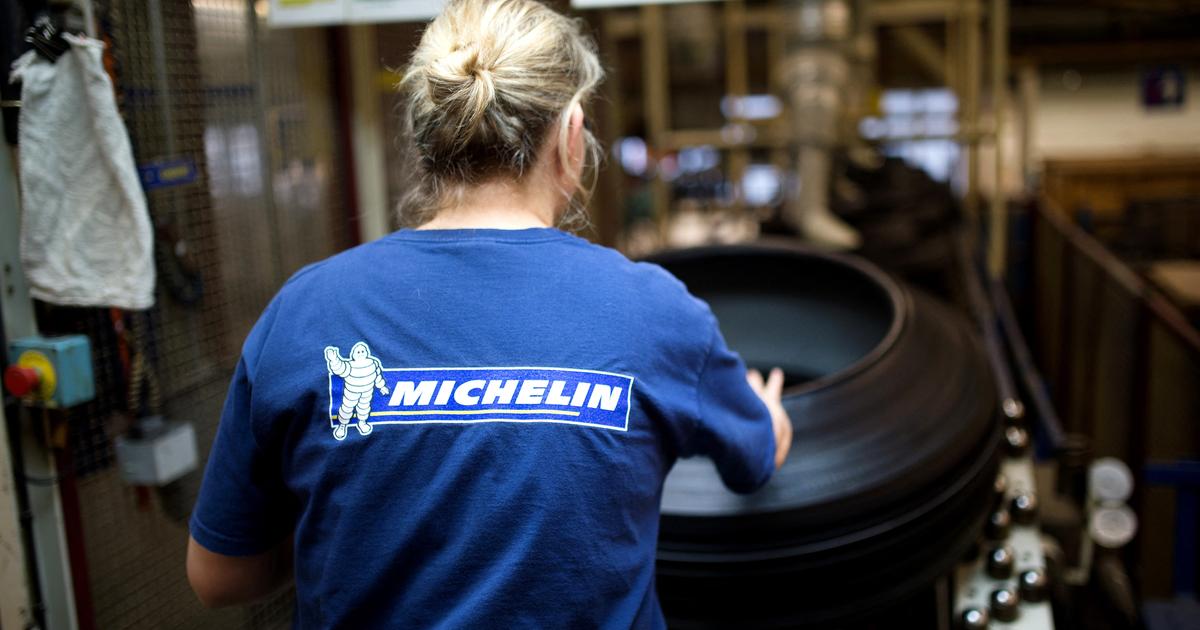New research: Who are the workers in Israel who are in danger of losing their jobs?
According to a Taub Institute study, 69% of Israeli workers are at medium or high risk of losing their jobs Who should be most worried? Arab men and non-ultra-Orthodox Jewish women over the age of 40
One of the most important questions about the labor market is the impact of automation processes on the various professions, and how to prepare for them. A new Taub Institute study looked at this impact on Israel and found that about 15% of jobs are high-risk computing, 54% medium-risk, and 31% low-risk. These data are slightly better than the OECD average. In fact, the situation of non-anxious men is better than that of the average in the OECD and those who are most afraid of all are Arab men and women over 40 (who are slightly better than the average in the OECD).
The risk levels are due to the characteristics of work - in the manufacturing and construction industries, the risk level is higher, while in education and security it is relatively low because creativity and the ability to solve complex problems are needed. The researcher Shavit Madhala notes in a study published today (as part of the Taub Institute's State of State report) that there is a key characteristic of jobs at computing risk that they do not require higher education, and in most of them no formal education is required. Other characteristics of the labor market are also related to the level of education. Thus, of those employed in jobs requiring higher education, 27% are at high risk, compared to 45% of those employed in jobs where no formal education is required. Wages and weekly work hours were also found to be inversely related to jobs at risk of automation.
The study also included the frequency of using required skills in the future job market, including solving complex problems, planning for others, learning others, consulting and influencing. The data, based on the PIACC survey, show that non-anxious Jewish men make the most use of these skills. Among those who make the most common use of these skills are men and women from Arab society. There is also a higher frequency among those in the age group 36-54, followed by 25-35.
Because the risk of losing the job is high among low-income population groups, there is a tangible concern that the socio-economic disparities will increase. It is estimated that new jobs will replace those who disappear, but the fear is that those who lose their jobs will find it difficult to acquire appropriate skills.
"About half of the Arab men are employed in industry, construction and operation of machinery - jobs characterized by a high rate of computing risk. In addition, among Arabs and Arabs there is a relatively high employment rate in unprofessional occupations that do not require high skills and training. Education, which is characterized by low risk of computing, ”the study said. It can also be seen that the percentage of employed people who use a computer in their work is 77% among non-Haredi Jews, 58% among Haredi and 43% among Arabs.
Madhala also refers to gender differences in research: "Women, and in particular Jewish women who are not ultra-Orthodox, are more at risk than men." According to the study, "among the non-ultra-Orthodox population, men are employed at higher rates in professions characterized by a high rate of at-risk jobs. Therefore, the fact that women are at a higher risk may indicate a lower level of use of skills required for the future job market than men in those professions." .
Monitoring sociodemographic variables shows that as education levels rise - so does the risk of computing: secondary education reduces computing risk by 5 percentage points compared to lower secondary education, and higher education reduces risk by 15 percentage points compared to lower secondary education. This inverse relationship is also supervised by occupations. In terms of gender, women, especially Jewish women who are not ultra-Orthodox, are more at risk than men, and gap control is gaining momentum. This may indicate that women are less likely to use the skills required for the future job market than men in those professions.
More in Walla! NEWS More in Walla! NEWSHow to take care of the people you love? Your important decision
In conjunction with a backlog of medicine
To the full article














